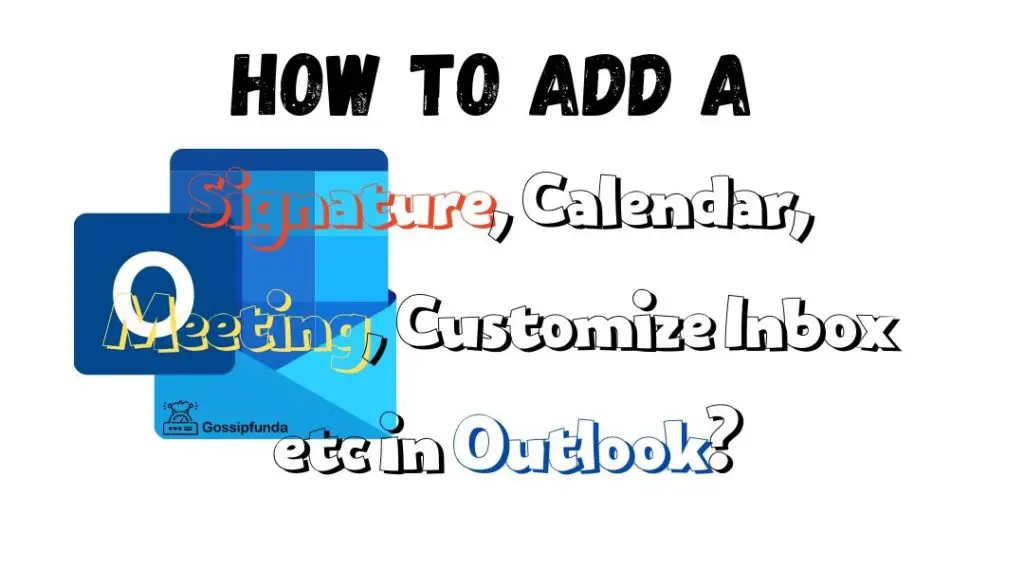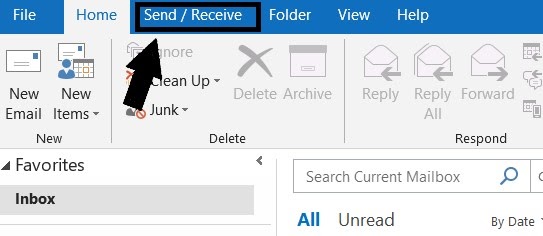Error 500 is an HTTP status code that indicates an internal server error. In the context of Outlook, Error 500 usually occurs when there is a problem with the server or your email configuration settings. Error 500 can prevent you from accessing your emails, which can be frustrating, especially if you rely on Outlook for work or personal use. Therefore, it is important to fix the error as soon as possible to avoid any further inconvenience.

Causes of Error 500 in Outlook
Some of the main causes of Error 500 in Outlook include:
- Server issues: Error 500 can occur due to server issues, such as server downtime, overload, or maintenance. If the server is experiencing problems, Outlook may not be able to establish a connection, which can result in Error 500.
- Corrupted PST files: PST files are a crucial component of Outlook, as they store all your emails, contacts, and other data. If a PST file becomes corrupted, it can cause Error 500.
- Incorrect email configuration settings: Incorrect email configuration settings can cause Error 500. If the email settings are incorrect, Outlook may not be able to establish a connection, which can result in the error.
- Outdated Outlook version: Using an outdated version of Outlook can cause various errors, including Error 500. It is important to keep Outlook updated to avoid such errors.
- Antivirus or firewall issues: Antivirus or firewall software can sometimes interfere with Outlook’s connection to the server, which can result in Error 500.
- Network Connectivity Issues: If there is a problem with your network connectivity, you may encounter Error 500 in Outlook. This can happen due to network congestion, poor signal strength, or other network-related issues.
- Incorrect Email Settings: If your email settings are incorrect, Outlook may not be able to connect to the server, resulting in Error 500. Ensure that you have entered the correct email server details, username, and password.
- Corrupt Windows Registry: The Windows Registry is a central database that stores settings and configurations for your operating system and installed software. If the registry becomes corrupt, it can lead to various issues, including Error 500 in Outlook.
- Conflicting Software: Sometimes, conflicting software can cause Error 500 in Outlook. This can happen if you have multiple antivirus or firewall programs installed or if you have recently installed new software that is conflicting with Outlook.
- Malware Infections: If your computer is infected with malware, it can cause various issues, including Error 500 in Outlook. Malware can interfere with network connections, modify Windows Registry settings, and cause other problems that can affect Outlook.
- Insufficient Disk Space: Outlook requires a certain amount of free disk space to function properly. If your computer’s hard drive is running low on space, it can cause Error 500 in Outlook.
- Incorrect DNS Settings: DNS (Domain Name System) is responsible for translating website addresses into IP addresses. If your DNS settings are incorrect, Outlook may not be able to connect to the email server, resulting in Error 500.
- Issues with Exchange Server: If you are using Outlook with Exchange Server, issues with the server can cause Error 500. This can happen due to problems with the server’s configuration, network connectivity, or other issues.
- Conflicting Outlook Add-Ins: Outlook add-ins are third-party programs that integrate with Outlook to provide additional functionality. If you have conflicting add-ins installed, it can cause Error 500 in Outlook.
- Corrupt Outlook Profile: Outlook stores user data in profiles, which contain settings for email accounts, calendar, and contacts. If the Outlook profile becomes corrupt, it can cause Error 500.
How to Fix Error 500 in Outlook
A. Basic troubleshooting steps:
The following basic troubleshooting steps can help you fix Error 500 in Outlook:
- Restarting Outlook: Sometimes, restarting Outlook can fix the error. Close Outlook and reopen it to see if the error persists.
- Checking internet connection: Ensure that you have a stable internet connection. If your internet connection is unstable or slow, it can cause Error 500.
- Disabling antivirus or firewall temporarily: Temporarily disabling antivirus or firewall software can help determine if they are causing the error.
- Verifying email settings: Ensure that your email configuration settings are correct. Incorrect settings can cause Error 500.
B. Advanced troubleshooting steps:
If the basic troubleshooting steps do not work, you can try the following advanced troubleshooting steps:
- Repairing PST files: If the error is caused by a corrupted PST file, you can repair it using the Inbox Repair Tool.
- Creating a backup of PST files: Before repairing the PST file, create a backup to ensure that you do not lose any data.
- Using the Inbox Repair Tool: The Inbox Repair Tool can help repair a corrupted PST file. It is a built-in tool in Outlook that can be accessed through the Control Panel.
- Importing repaired PST files: After repairing the PST file, you can import it into Outlook to access your emails and other data.
- Upgrading Outlook version: If the error is caused by an outdated version of Outlook, upgrading to the latest version can help fix the error.
- Checking for updates: To check for updates, go to File > Office Account > Update Options > Update Now.
- Installing updates: If there are any updates available, install them and restart Outlook to see if the error is fixed.
Tips to Prevent Error 500 in Outlook
- Keeping Outlook updated: Keeping Outlook updated can help prevent various errors, including Error 500. Ensure that you regularly check for updates and install them.
- Regularly backing up PST files: Regularly backing up PST files can help prevent data loss in case of a PST file corruption.
- Avoiding large attachments: Avoid sending or receiving large attachments, as they can cause Outlook to slow down or crash.
- Configuring antivirus or firewall software: Configure antivirus or firewall software to allow Outlook to access the internet and communicate with the server.
Conclusion
Error 500 can be a frustrating issue to deal with, but it can be fixed using basic and advanced troubleshooting steps. It is important to keep Outlook updated, regularly back up PST files, avoid large attachments, and configure antivirus or firewall software to prevent Error 500 from occurring.
FAQs
Error 500 in Outlook typically means there is an issue with the server or a server-side configuration problem.
Check the Microsoft Service Status page, clear cache and cookies, and try accessing Outlook from a different device.
Try restarting Outlook, clearing your browser cache, and disabling any add-ons or extensions.
This could be due to network connectivity issues or outdated device software. Try updating your device’s software and checking your network connection.
Yes, try accessing Outlook in safe mode, disabling antivirus or firewall software, or contacting Microsoft Support for further assistance.
Awill Guru is a technology enthusiast with degrees in VLSI Engineering (B.Tech, M.Tech) and Android Development. Their passion for education drives them to teach and share knowledge through their blog. He also hold qualifications in Sociology (M.A.) and Education (B.Ed), along with NIELIT O and A Level certifications.


